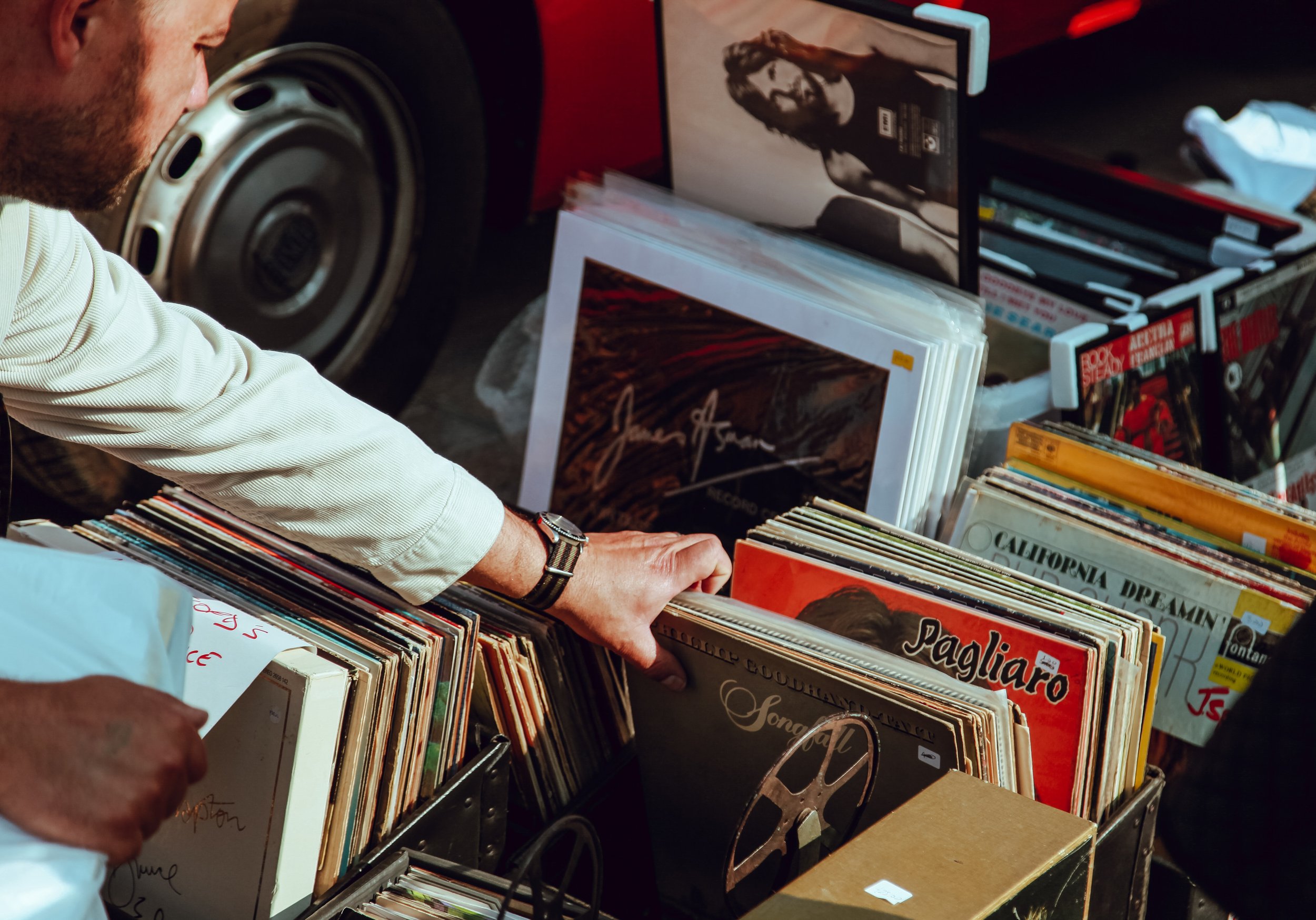Nostalgia Marketing in the Post-Pandemic Era: "Nowstalgia" Takes Centre Stage
As the world emerges from the grip of the pandemic, a noticeable shift in consumer behaviour is reshaping the landscape of nostalgia marketing. Traditionally, brands have relied on a 20- to 30-year cycle to reintroduce products that evoke memories of the past. However, the post-pandemic world seems to be accelerating this cycle, giving rise to what some experts call "nowstalgia."
The holiday season, renowned for its nostalgic aura, has long been a playground for brands looking to tap into consumers' emotional connections with the past. This emotional resonance has been a powerful tool, with studies, including one from 2014, indicating that consumers are more likely to spend money on brands that trigger feelings of nostalgia.
The current resurgence of fashion from the early 2000s, the re-release of iconic food products like Vanilla Viennetta ice cream cake, and even Pepsi's revamped logo with a nod to the 90s design are all part of this nostalgia-driven marketing trend.
The conventional wisdom in marketing circles has been that nostalgia marketing operates on a 20-to-30-year cycle, allowing the children who experienced certain products in their youth to become adults with purchasing power. However, the dynamics are shifting.
The impact of the COVID-19 pandemic is considered a critical factor in this change. Lockdowns and social distancing created a unique environment, almost trapping people in a warp. This led to a heightened nostalgia for recent experiences, such as going to the movies or having lunch with friends, creating a new appreciation for things that happened just weeks or months ago.
Krystine Batcho, a professor at LeMoyne College in Syracuse, New York, notes that the pandemic-induced upheaval made individuals more susceptible to nostalgia. The longing for recent events or products, coupled with the tendency to romanticise the past, has reshaped the concept of nostalgia.
Liz Juusola, executive strategy director at branding firm Red Antler, highlights that the upheaval of recent years has made people increasingly nostalgic for a shorter period than before. Additionally, the generation raised on instant communication and visual technology has altered the collective concept of nostalgia. With social media making content easily accessible and remixable, the immediacy of nostalgia has become more pronounced.
A notable example of this trend is Netflix, which, on the same day it retired its mail-order DVD business, introduced a sleeping bag resembling the red envelopes that were once synonymous with its DVD service.
While the 20-to-30-year cycle may continue to be a marketing staple, the evolving nature of nostalgia suggests a more personalised and immediate form of connection: "nowstalgia." As brands adapt to consumer sentiment dynamics, the intersection of technology, social media, and recent experiences is shaping a new era in nostalgia marketing.

